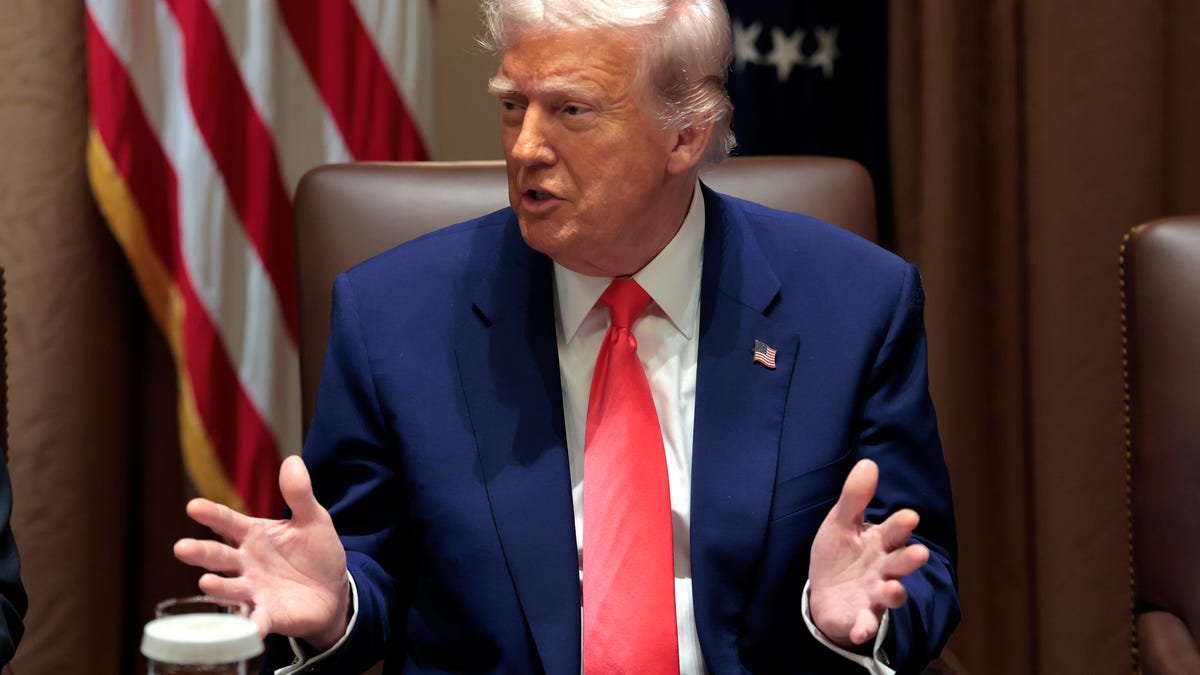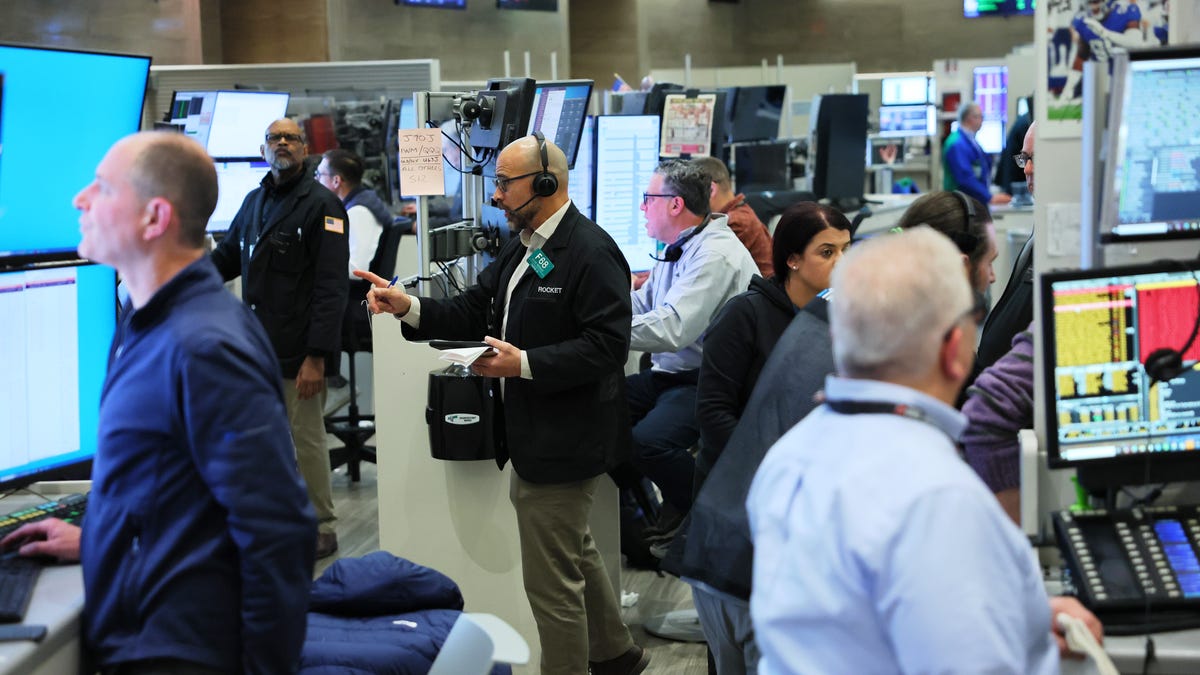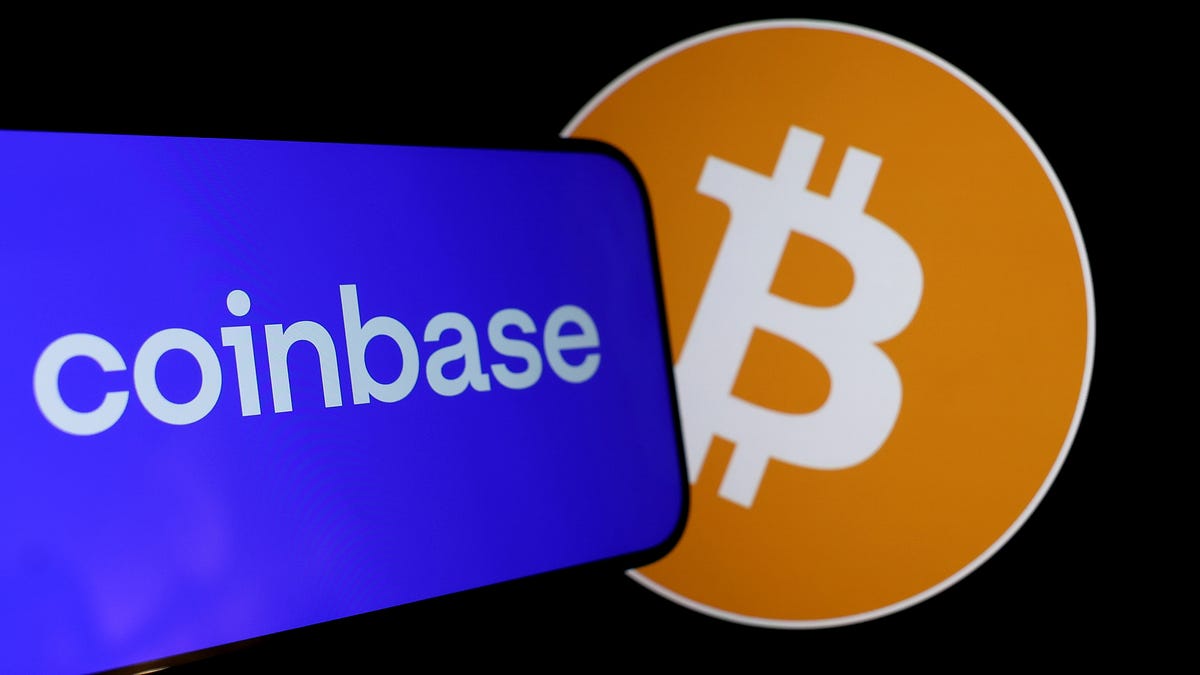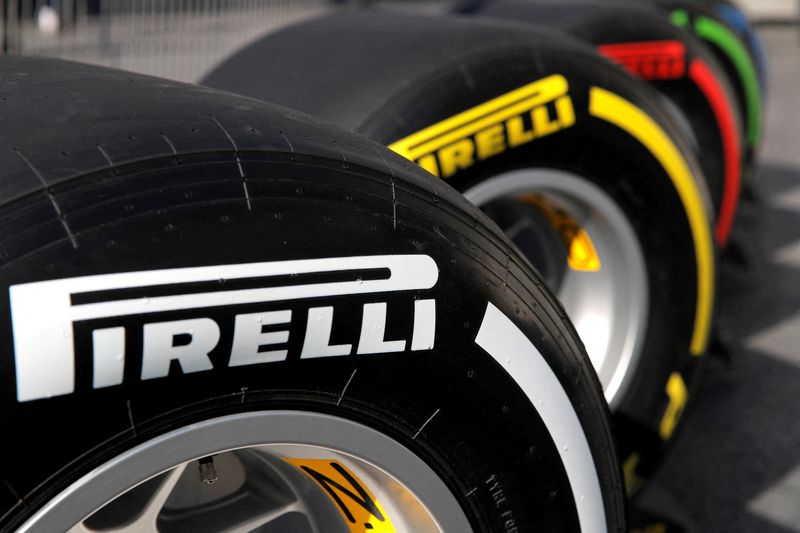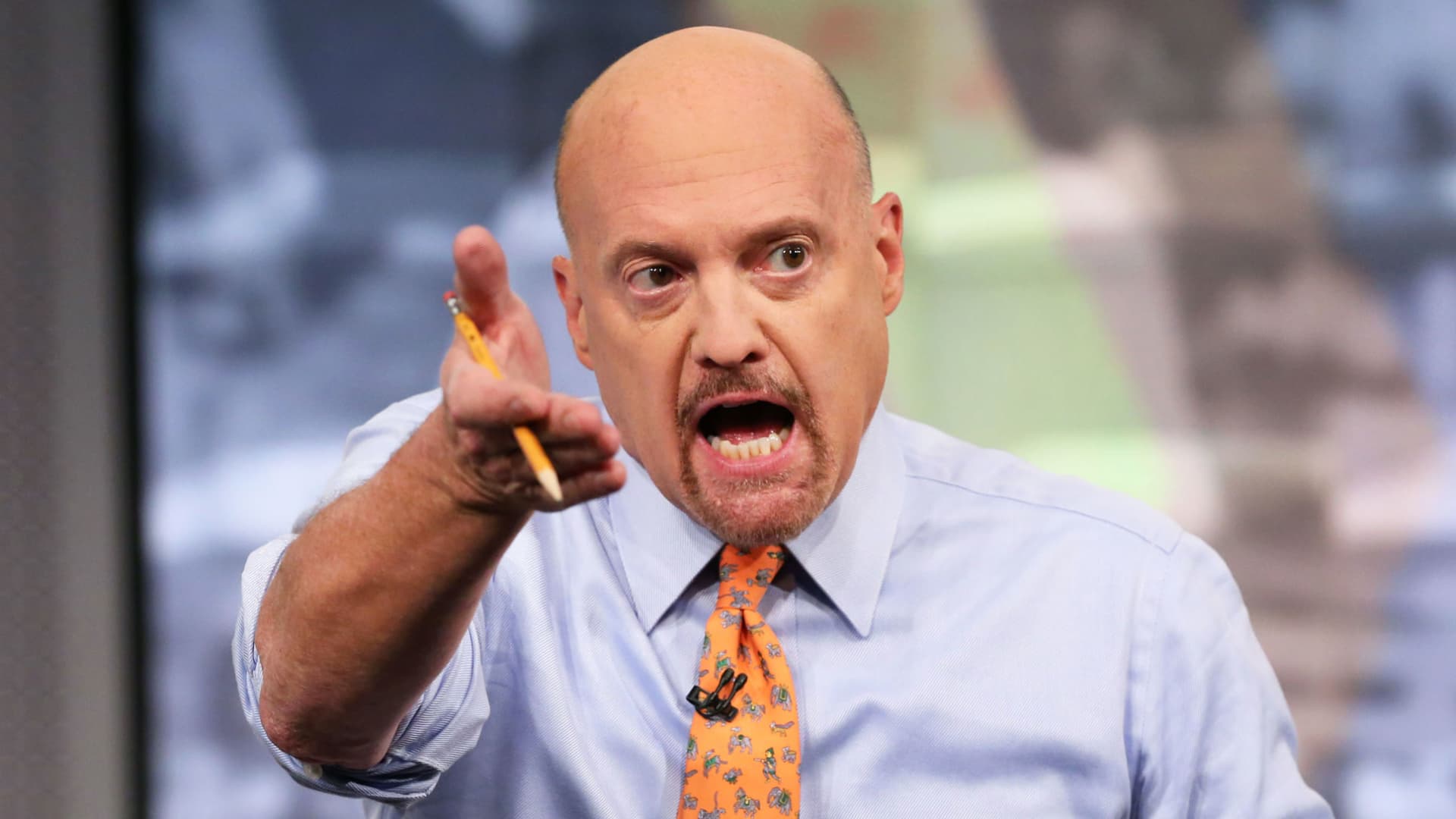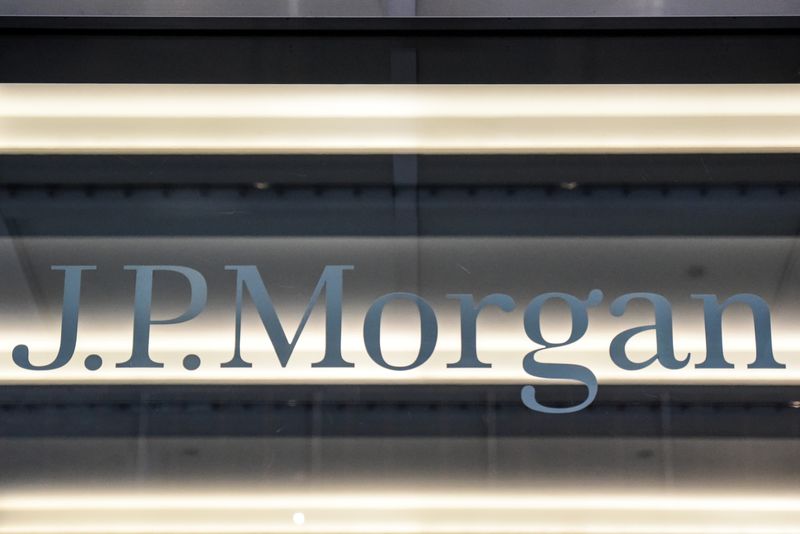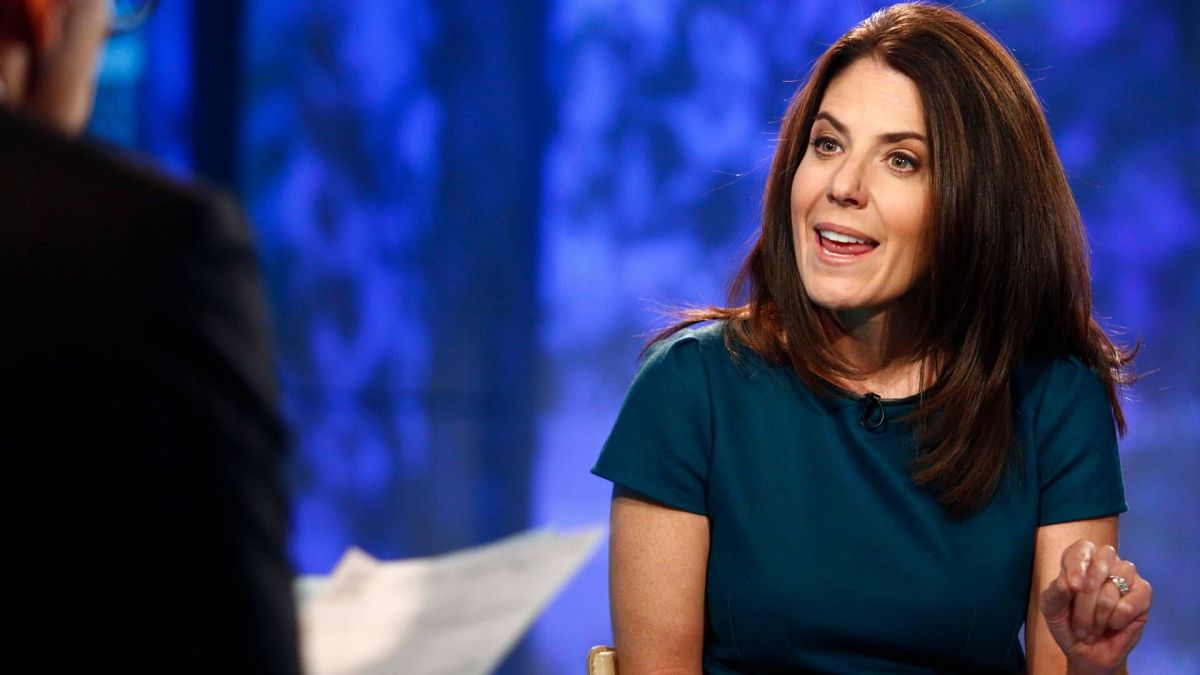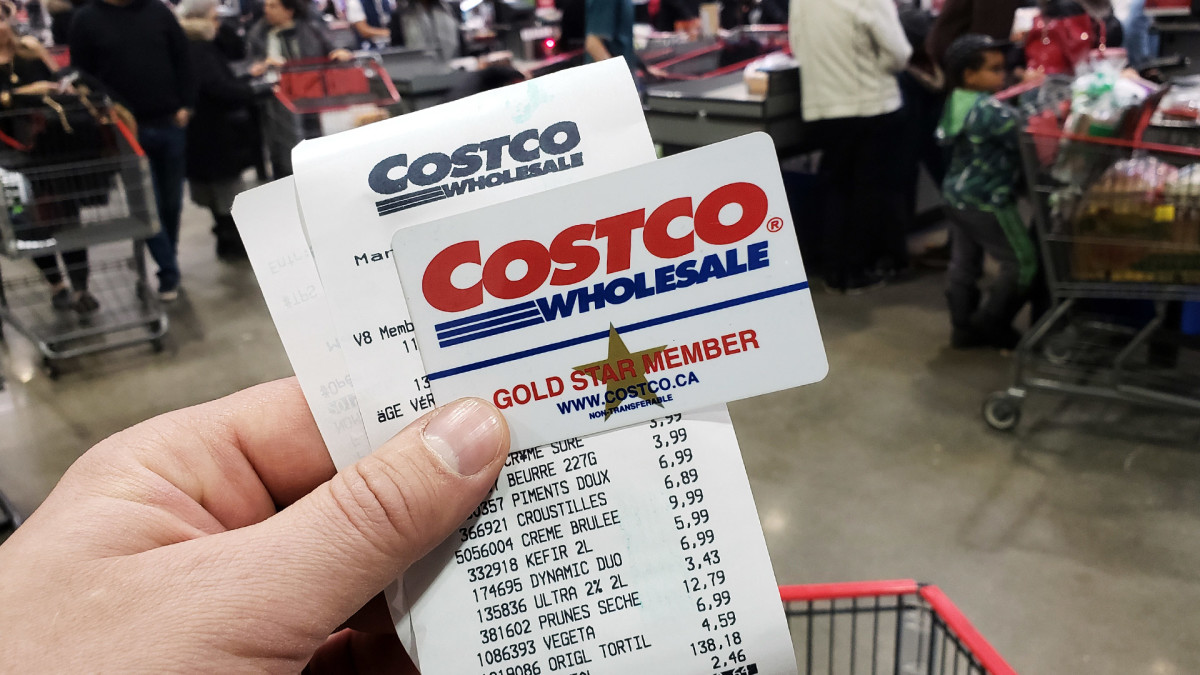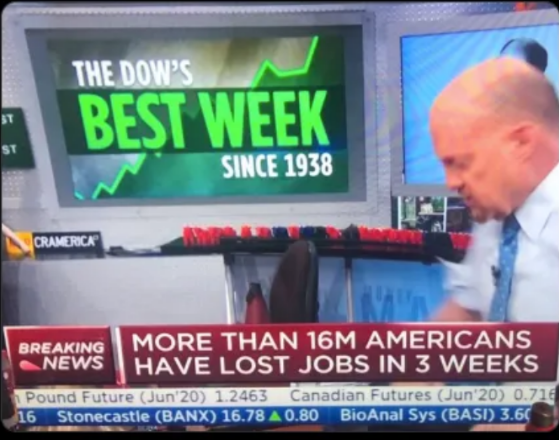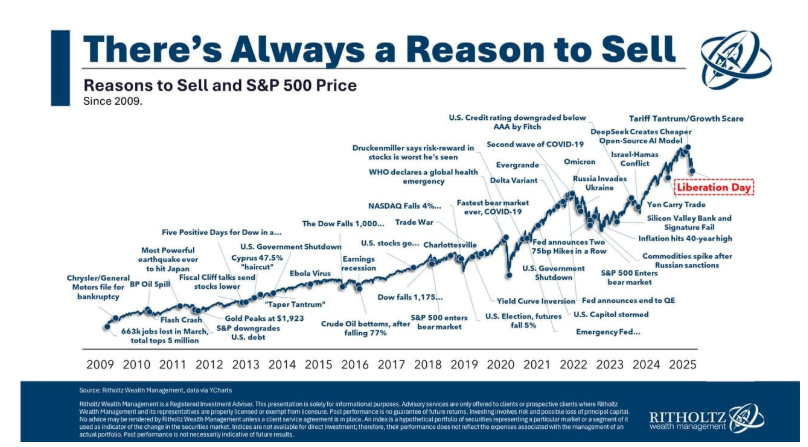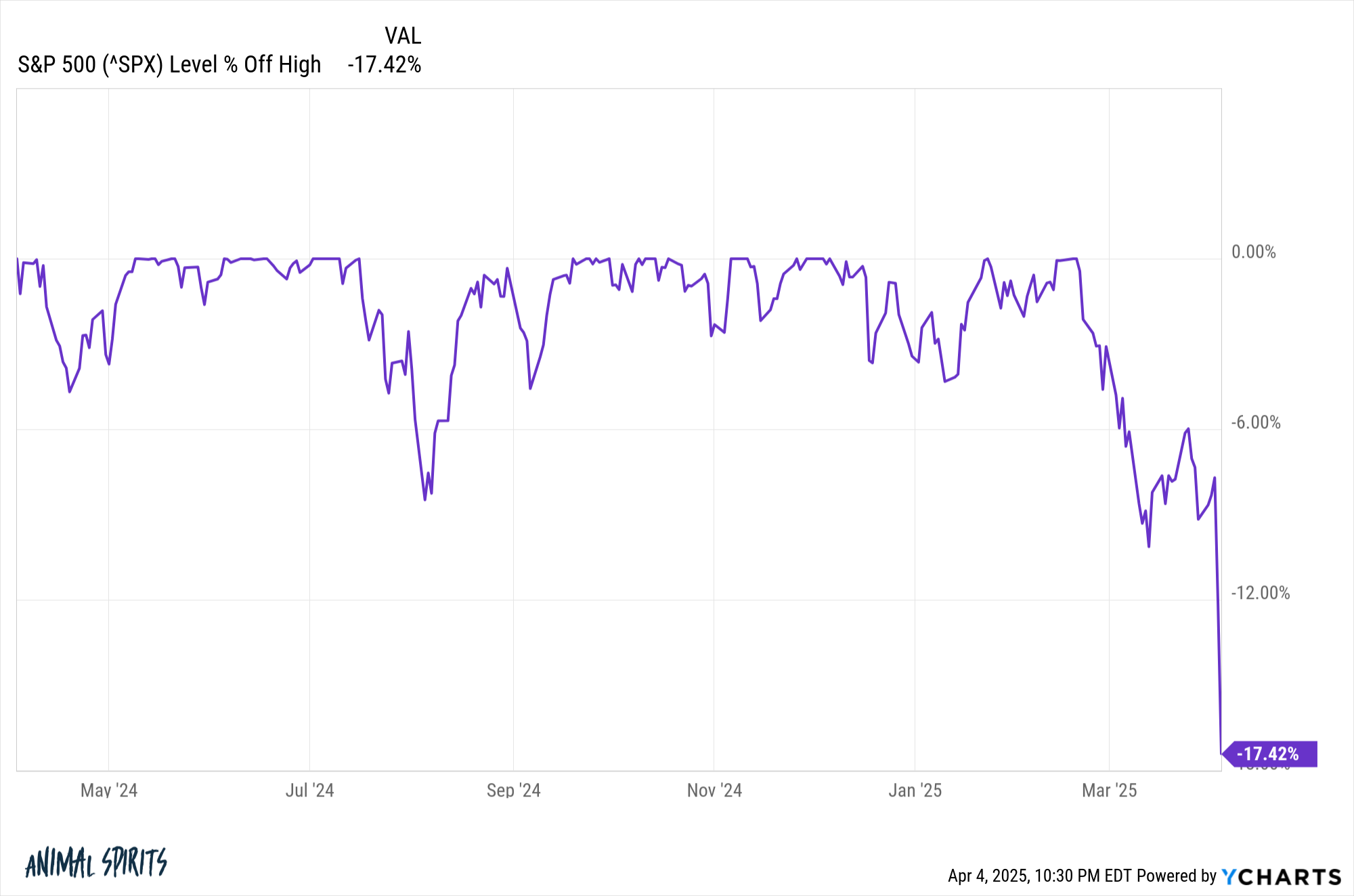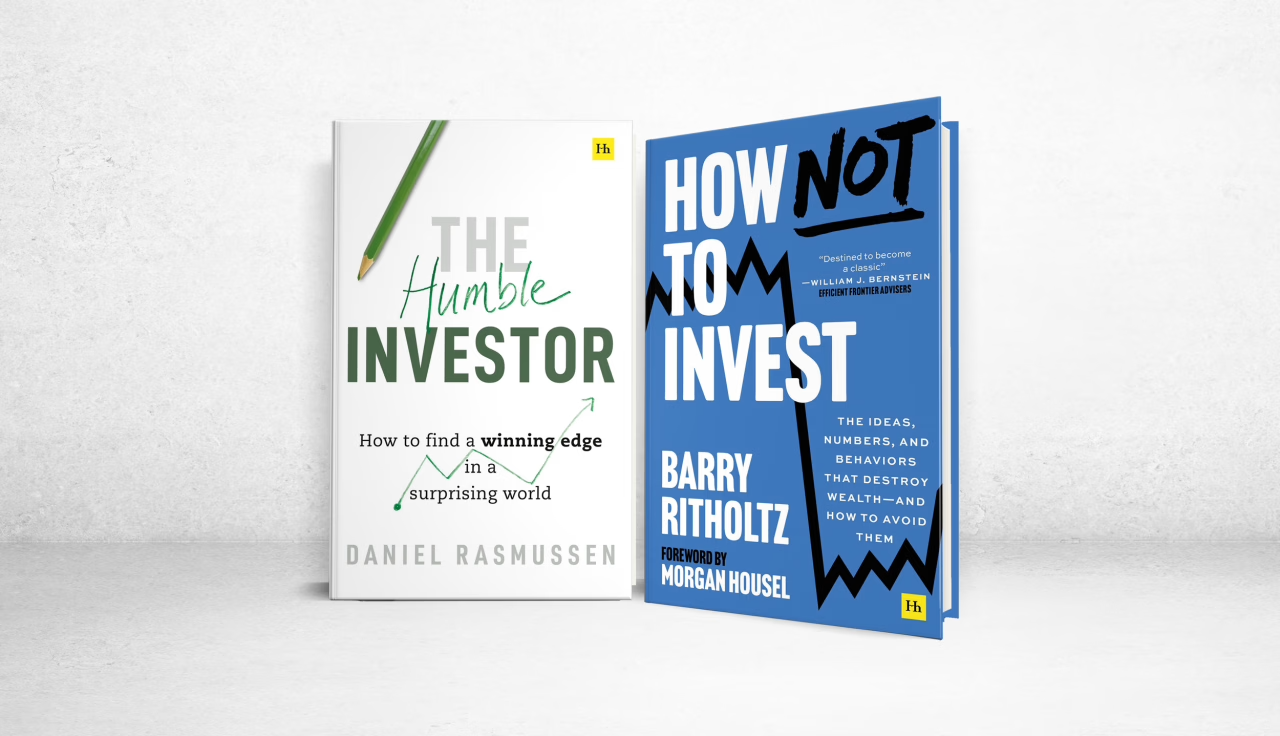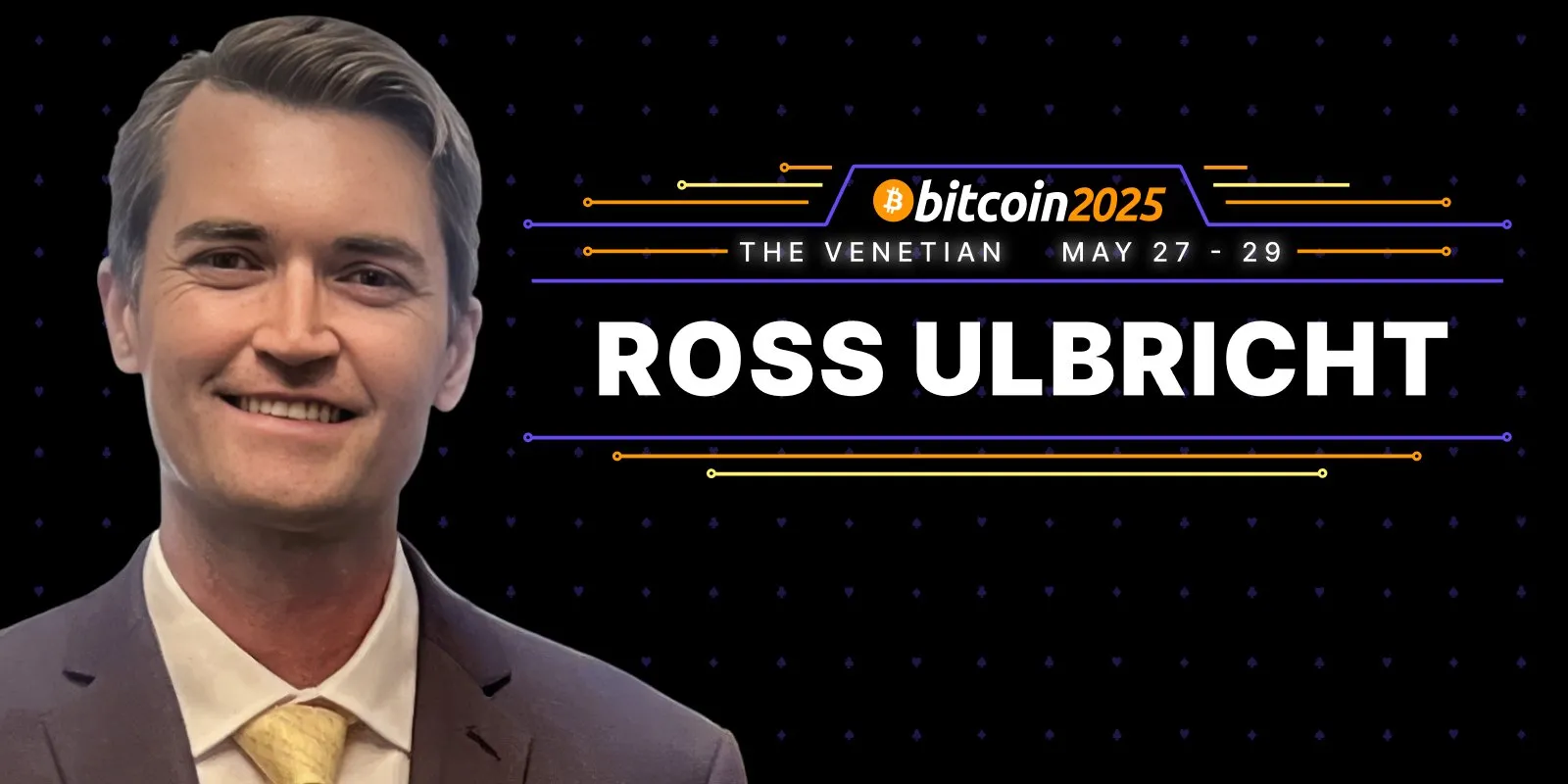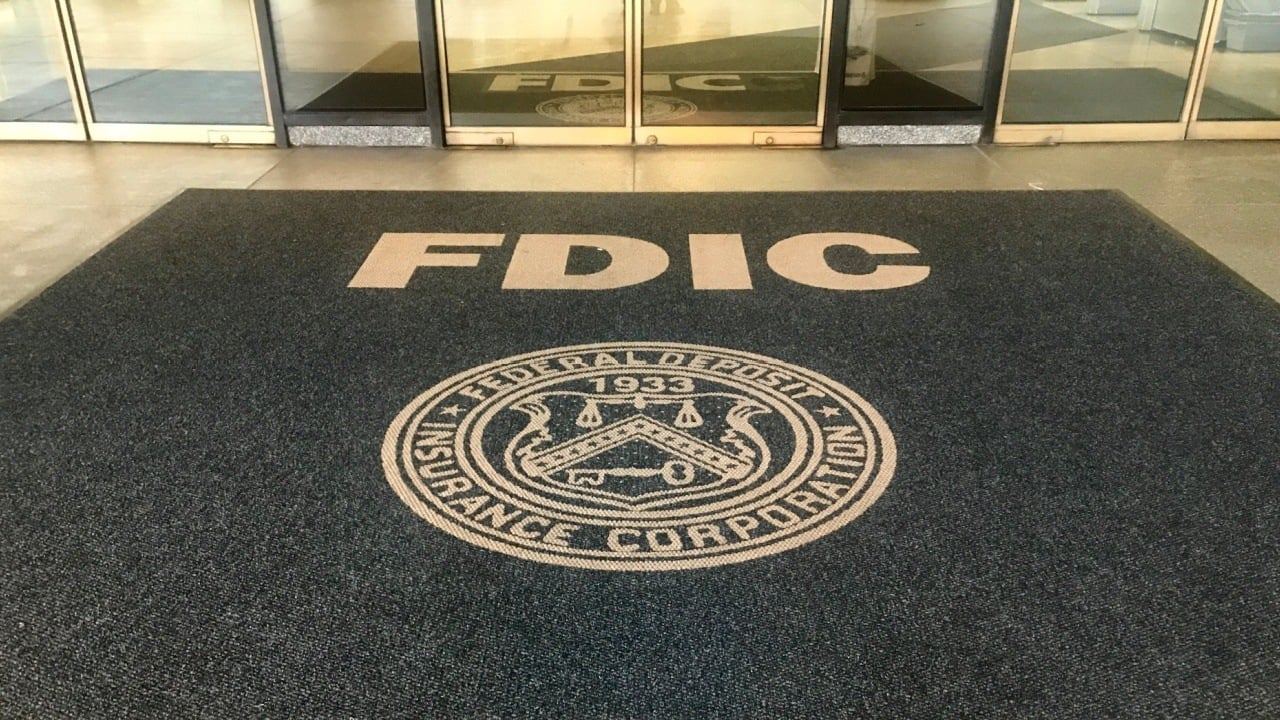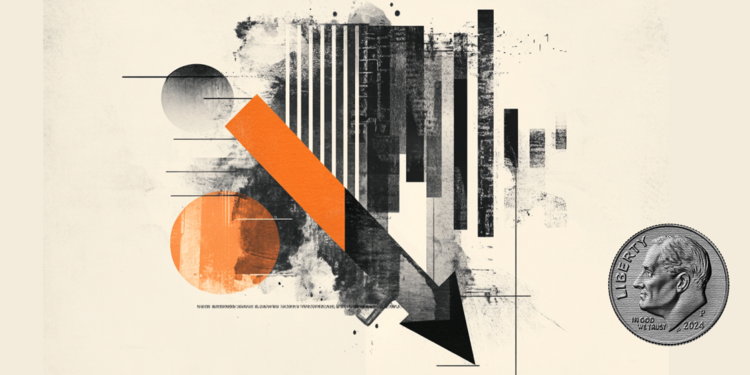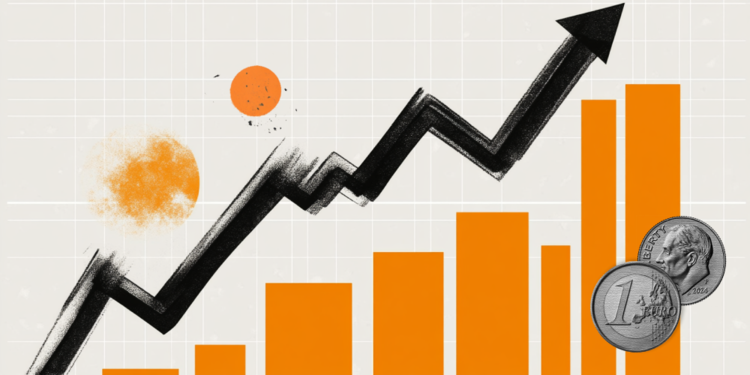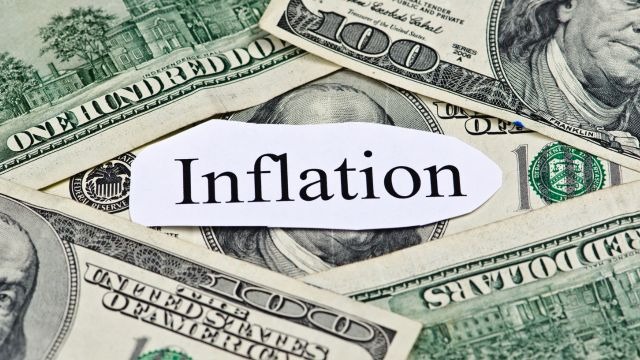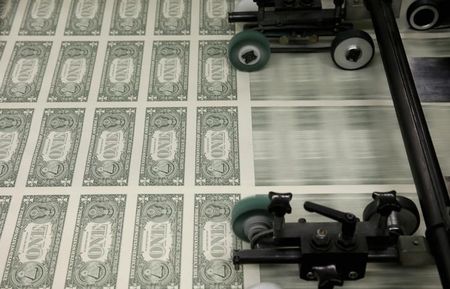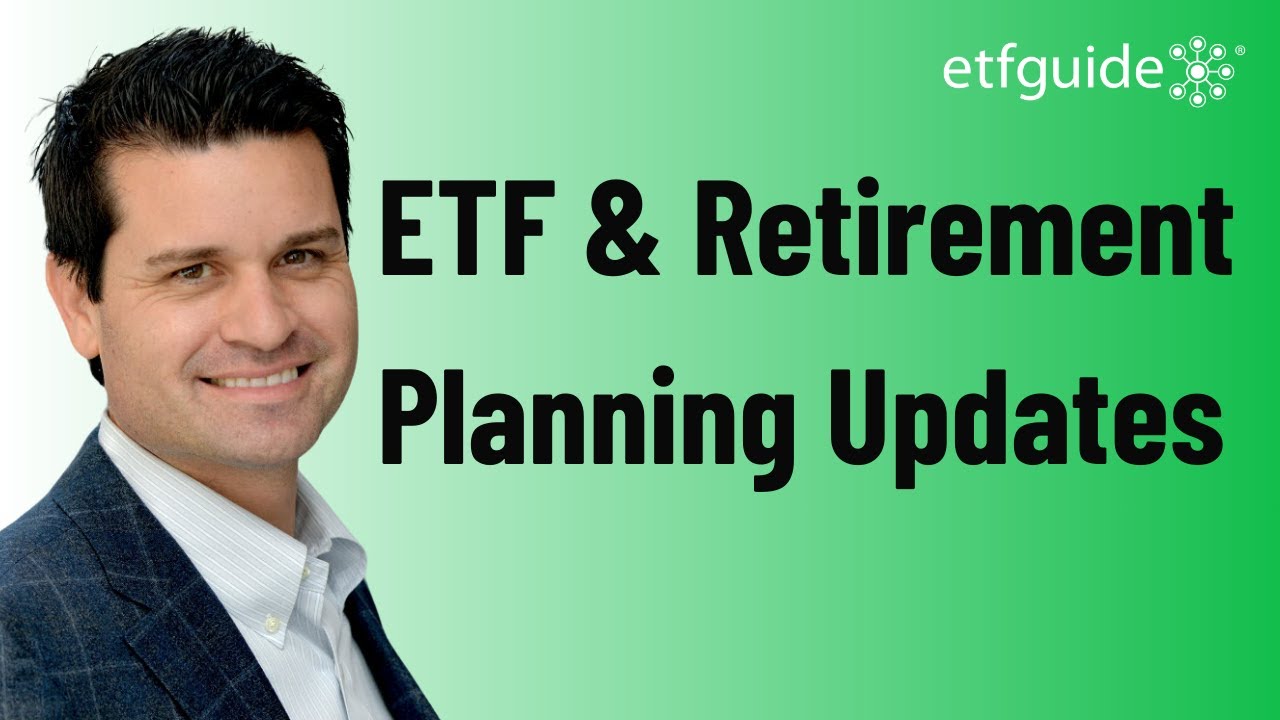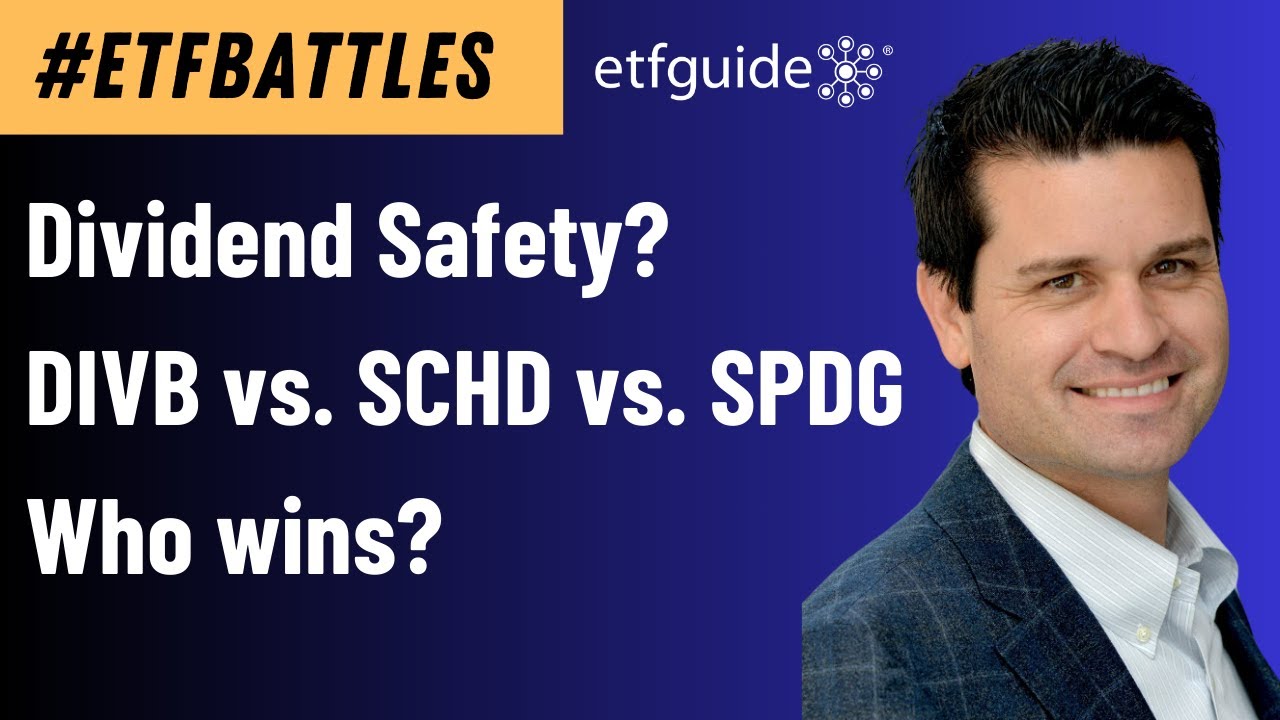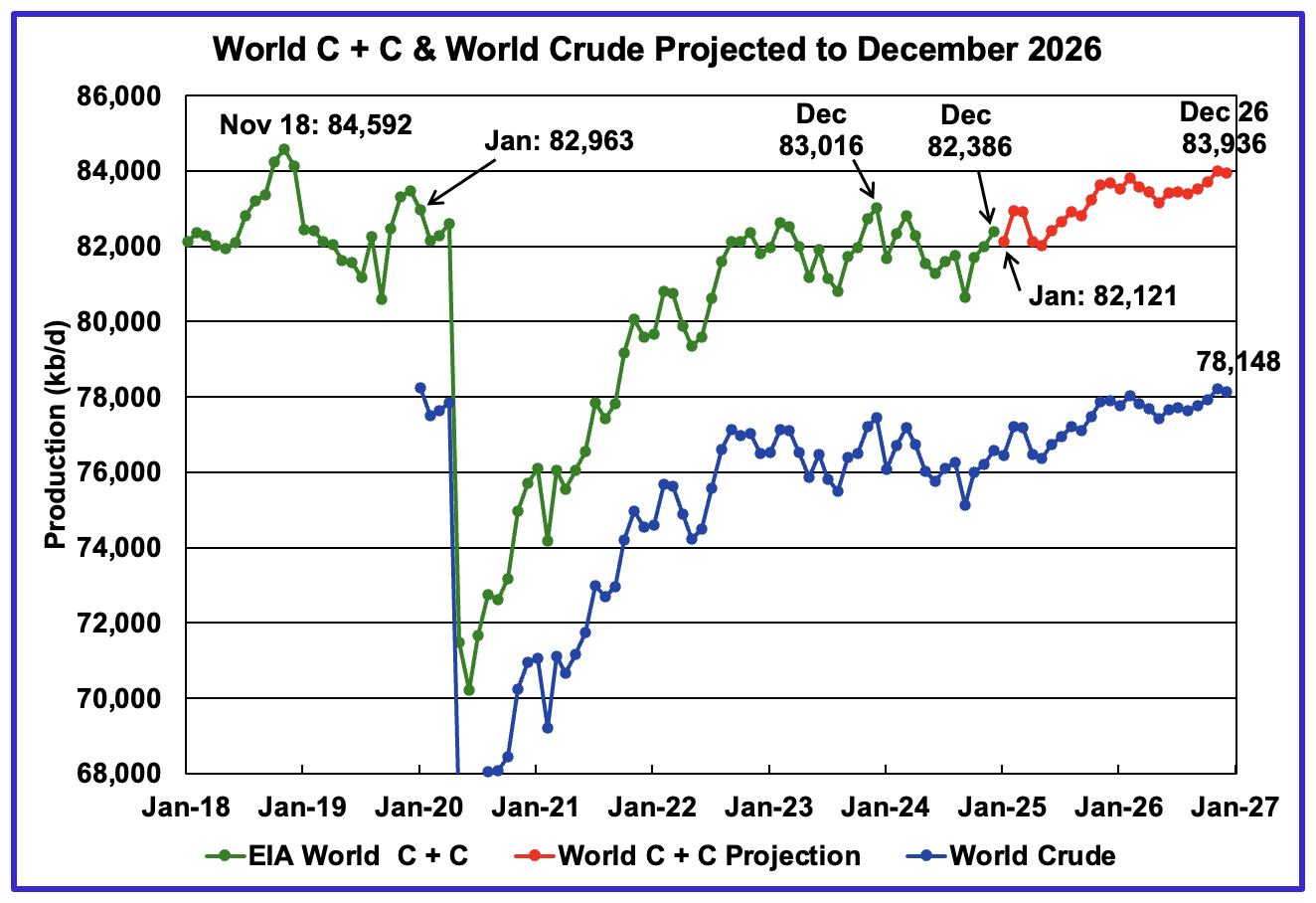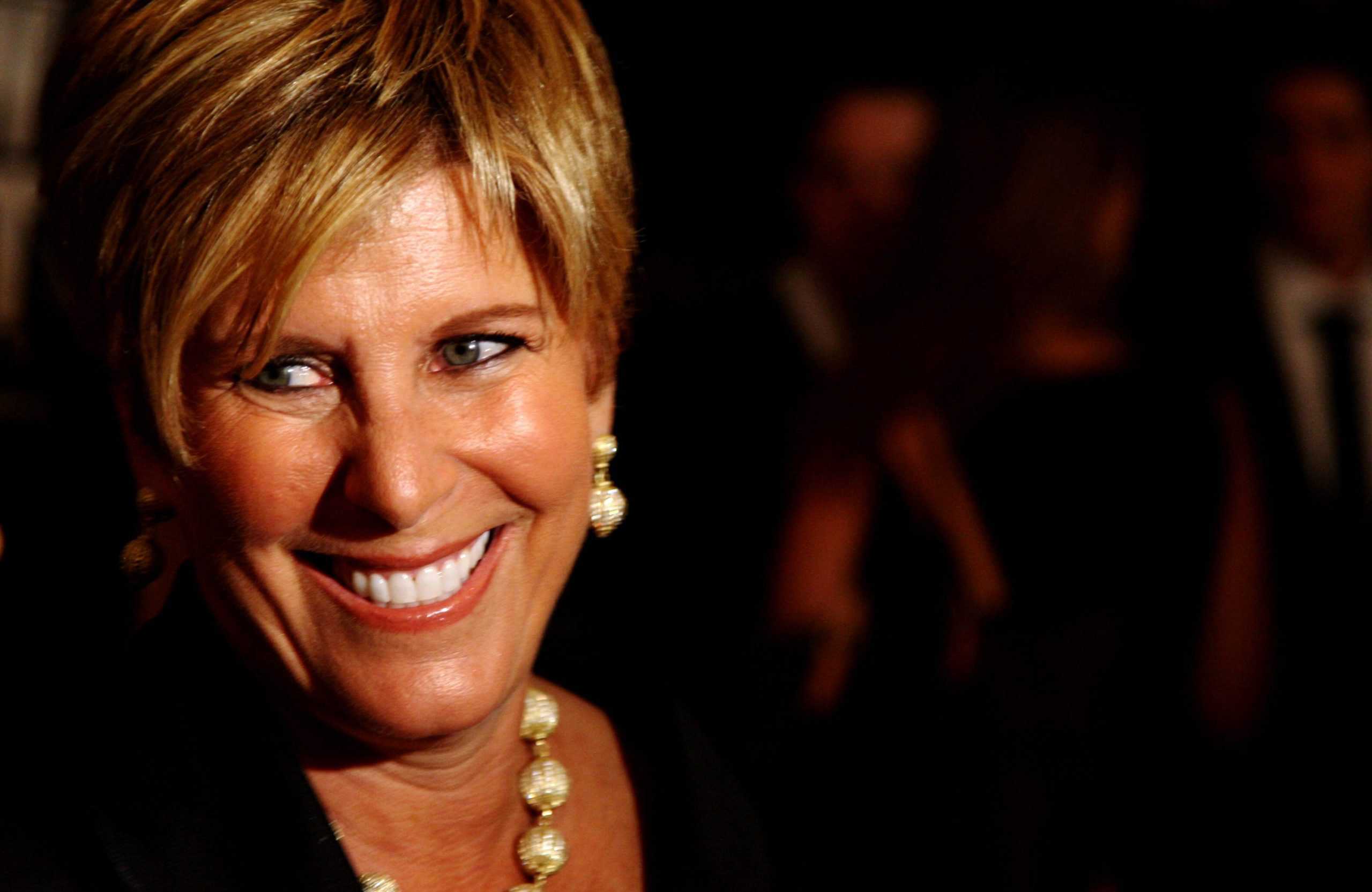I Want to Grow My $75k Savings Faster: What Are My Options?
If you’re like many young investors who are looking to grow their wealth by jumping into the investment world, it’s important to understand each asset class, the potential returns, and the risks you’ll have to bear. Indeed, many young beginner investors, such as this 35-year-old I came across on Reddit, are in search of investment […] The post I Want to Grow My $75k Savings Faster: What Are My Options? appeared first on 24/7 Wall St..

If you’re like many young investors who are looking to grow their wealth by jumping into the investment world, it’s important to understand each asset class, the potential returns, and the risks you’ll have to bear. Indeed, many young beginner investors, such as this 35-year-old I came across on Reddit, are in search of investment ideas to grow their $75,000 saved sum.
Undoubtedly, far too many new investors may be in a rush to double their investment. While it is possible to double up over a short-term timespan, one will need to risk most or even all of their nest egg to punch a ticket to a ride that could go either way. Indeed, youthful beginners should not shy away from risk-taking. But it is possible to take it to the extreme and risk having to start all over. Often, it’s the pursuit of a quick double that leads to a quick halving (or worse) of one’s invested principal.
As such, I’d argue it’s better to err on the side of caution with defensive blue chips (think some of the many lower-volatility ETFs out there) and work one’s way up, rather than jumping into the deep end with aggressive innovation stocks that can blow up and lose more than 70% of their value in a matter of weeks. I think starting with passive index funds and exchange-traded funds (ETFs) is the wisest way to get started.
Key Points
-
This 35-year-old is on the right track to grow their wealth while avoiding pitfalls common to many young market newcomers.
-
Berkshire shares and a low-cost S&P 500 ETF are wise picks to start getting serious about growing one’s wealth at any early age.
-
Are you ahead, or behind on retirement? SmartAsset’s free tool can match you with a financial advisor in minutes to help you answer that today. Each advisor has been carefully vetted, and must act in your best interests. Don’t waste another minute; get started by clicking here (Sponsor)
Index ETFs are a great fit for young investors
By settling for market returns — let’s say from a low-cost index ETF like the Vanguard S&P 500 ETF (NYSEARCA:VOO) — and minimizing one’s total expense ratio (fees that funds charge their investors annually), one won’t be inclined to trade, speculate, or gamble on investments one may not understand.
The great Warren Buffett, who’s crushing the market average this year, put it best: “Just looking at the price is not investing.” If you’re an unseasoned trader relying solely on technical analysis and short-term action in a security, rather than seeking to buy stocks at discounts to their intrinsic worth, you’re not investing as a value investor, like Buffett, would.
In any case, the 35-year-old Reddit poster doesn’t seem to share the appetite of many gain-hungry market newcomers drawn more to trading than long-term investing. Currently, they’re in a 4%-yielding high-yield savings account (HYSA), but are looking for “more ideas” on how they could get a bit more return from the $3,000 or so in extra cash that’s coming in monthly.
In the comments section, one poster recommended a slate of bond products for a bit more return. Of course, higher-yielding bonds could have a bit more to offer than a HYSA, but as we discovered a few years ago, bonds are not without their fair share of risks.
Historically, stocks and bonds don’t tend to move together. But they can move together, and it’s the 60/40 and 40/60 stock-and-bond portfolios that may provide a somewhat false sense of security when the tides drag down both at the same time. Either way, a HYSA is a great parking place for cash needed in the medium term (think the next year or two years), especially with rates hovering around a very generous 4%.
Berkshire and the S&P 500 are great starter investments for young Buffett followers.
Of the “risky” assets, I’d argue that stocks (and maybe gold for today’s tariff-filled environment) are among the best asset classes for growth, provided a young investor is willing to stick it out through the ups and downs of the markets for the next five years and beyond.
A small investment in Berkshire Hathaway (NYSE:BRK-B) or the S&P 500, the market average that Buffett himself has recommended in the past, are both great options to build core foundation for one’s portfolio.
Of course, Berkshire may now be on the pricier side of the historical range after mostly being spared from the recent Trump tariff correction. Either way, slowly averaging into shares of the conglomerate and VOO could prove a strategy that can help one grow their wealth slowly.
The post I Want to Grow My $75k Savings Faster: What Are My Options? appeared first on 24/7 Wall St..




















